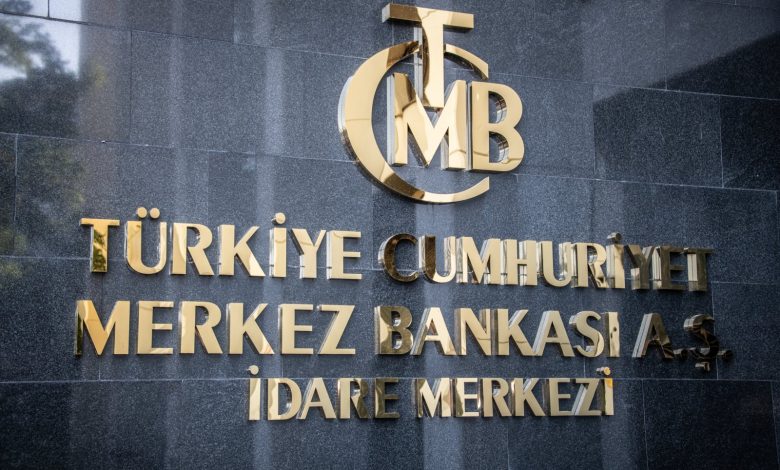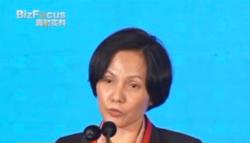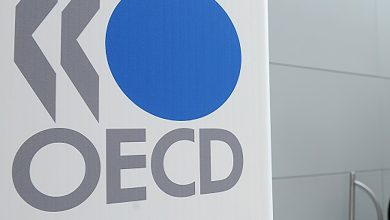Turkish central bank holds rates, sees disinflation strengthening

The Turkish central bank kept its policy rate unchanged at 50% on Tuesday as expected and reiterated it remains highly attentive to inflation risks, even as it expects disinflation to gain strength after a welcome turnaround last month.
The bank last raised interest rates in March by 500 basis points and has since held steady while vowing to tighten policy more if it predicts the inflation outlook will worsen, a pledge it repeated on Tuesday.
Starting to see some results from policy tightening that began more than a year ago, the Central Bank of the Republic of Türkiye (CBRT) said the underlying monthly inflation trend “showed a notable decline in June,” though added that it could rise this month.
“Leading indicators suggest that monthly inflation will rise temporarily in July due to adjustments in administered prices and taxes as well as supply-side factors in unprocessed food prices,” its monetary policy committee said.
“However, the rise in underlying inflation is expected to be relatively limited. Recent indicators confirm that domestic demand, albeit still at inflationary levels, continues to slow down,” the bank said.
The authorities have earlier conveyed similar expectations, although highlighting the downward trend in the annual inflation readings would be more evident in the coming period.
“Considering the lagged effects of the monetary tightening, the committee decided to keep the policy rate unchanged but reiterated that it remains highly attentive to inflation risks,” read the statement.
The bank pledged to maintain the tight monetary stance “until a significant and sustained decline in the underlying trend of monthly inflation is observed, and inflation expectations converge to the projected forecast range.”
“The monetary policy stance will be tightened in case a significant and persistent deterioration in inflation is foreseen.”
“The decisiveness regarding tight monetary stance will bring down the underlying trend of monthly inflation through moderation in domestic demand, real appreciation in Turkish lira and improvement in inflation expectations,” the central bank said.
“Consequently, the disinflation process will gain strength.”
“Based on loan growth and its composition, additional measures were taken for FX loans to support the macro-financial stability and the monetary transmission mechanism,” it added, referring to its recent steps on the macroprudential framework.
It also said the monetary transmission mechanism will continue to be supported via additional macroprudential measures, while sterilization will be implemented effectively by adding to the toolset whenever needed.
Since June last year, the bank has raised its policy rate by 4,150 basis points in a tightening cycle amid a major shift in monetary policy.
Türkiye’s annual inflation rate began what is expected to be a sustained fall in June, dipping to 71.6%. Officials and analysts predict a gradual decline in the remainder of 2024, with economists forecasting a year-end level of around 43%.
In a Reuters poll last week, all 26 economists expected the bank to hold rates this month and not ease until the next quarter. The policy rate was expected to drop by 500 basis points to 45% by the end of 2024.
No significant easing in rates was expected to come until next year, the Reuters poll showed, with the central bank forecast to reduce rates by 2,250 basis points to 27.50% by end-2025.
S&P Global Market Intelligence said in a note that it expects “a cautious cutting cycle” to begin in December.
Economists in the Anadolu Agency (AA) and Bloomberg surveys were similarly expecting no change to the policy rate on Tuesday.
The lira was little changed at 32.94 against the dollar following the rate-setting decision.
Türkiye’s annual inflation rate is projected to drop to 42.95% by the end of this year, according to a survey by the central bank released on Monday, down from the earlier estimate that stood at 43.52%.
The 12-month and 24-month expectations have also regressed from earlier projections, boosting the policymakers on the disinflationary path.






